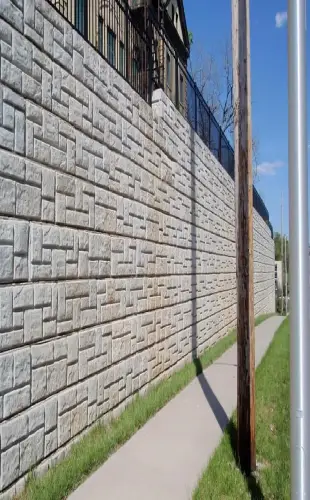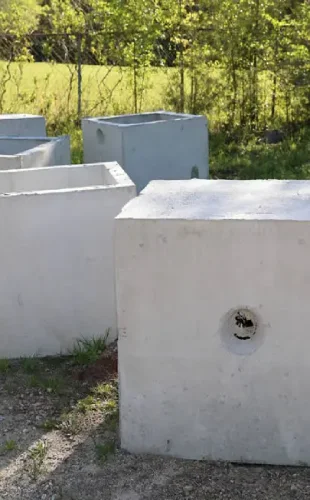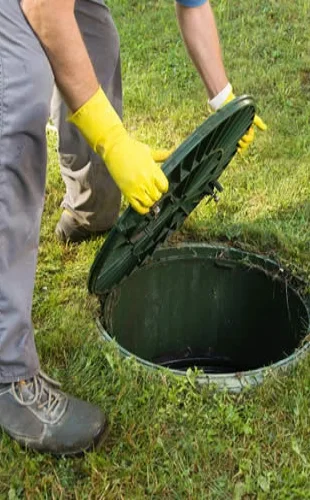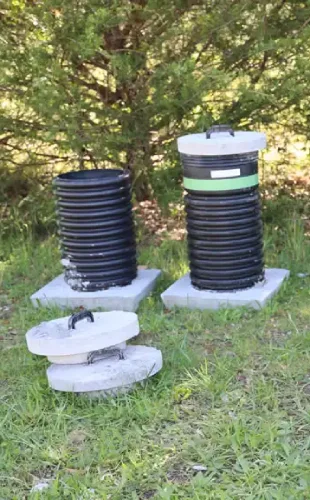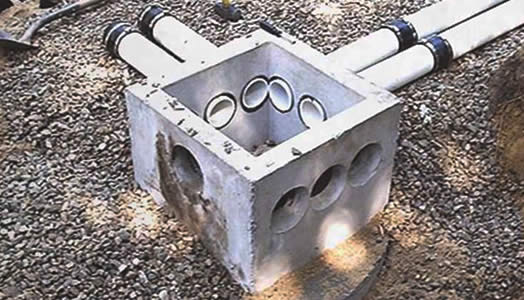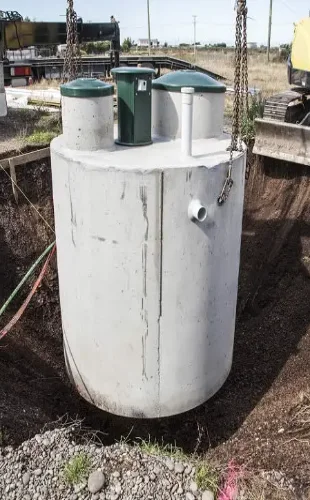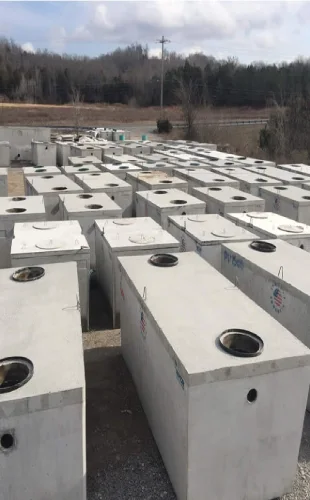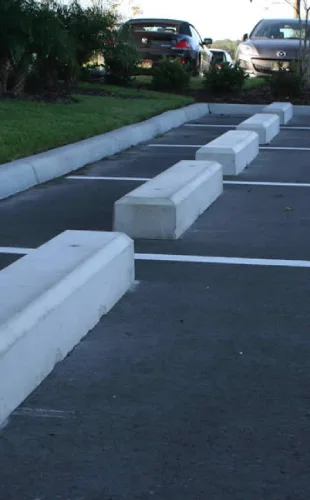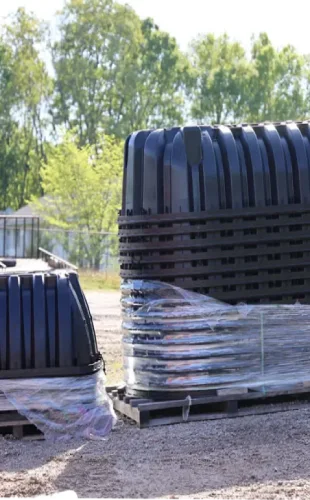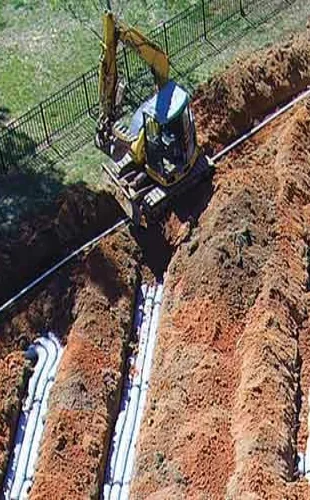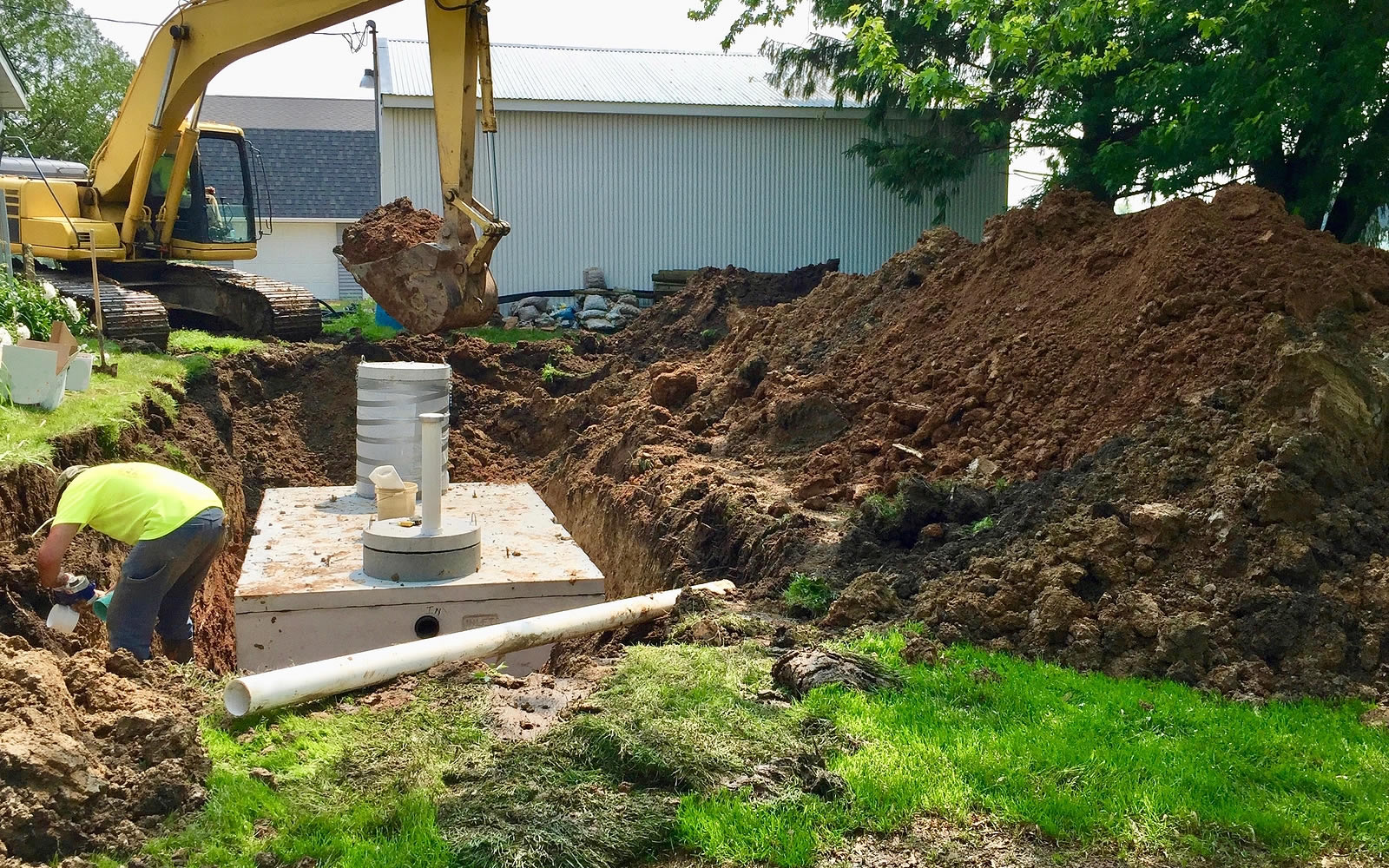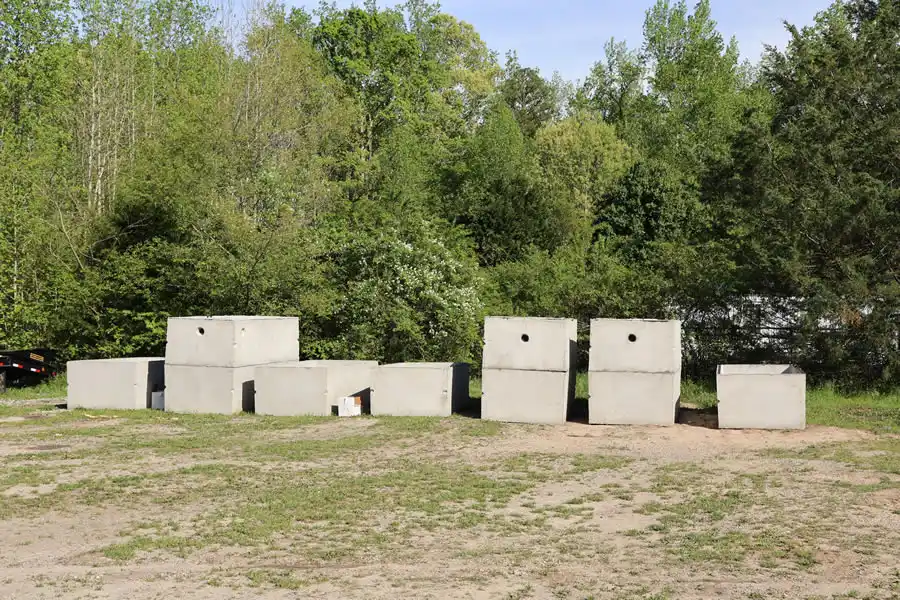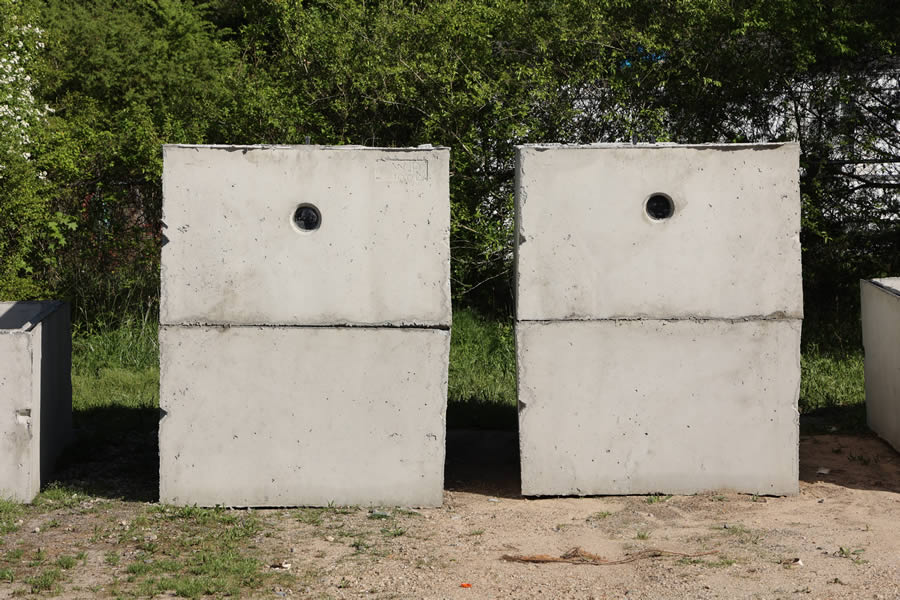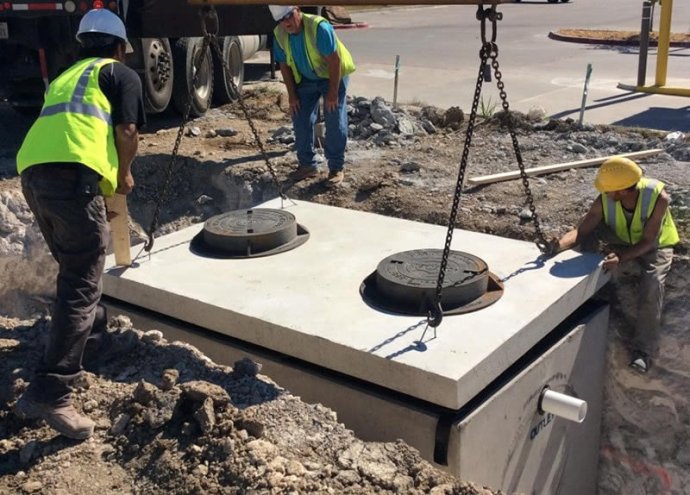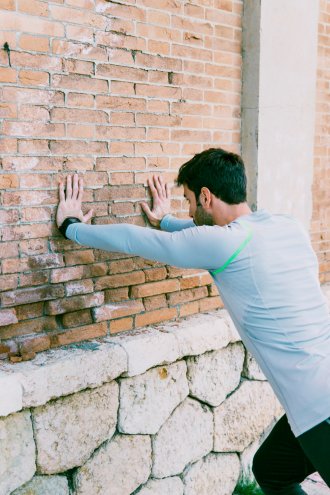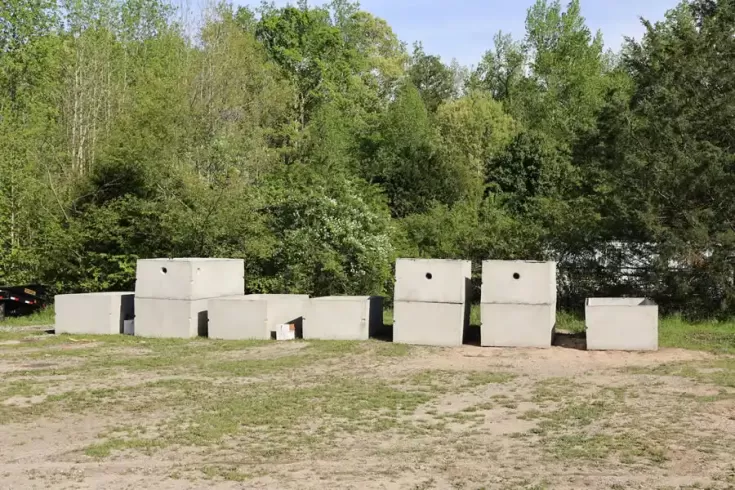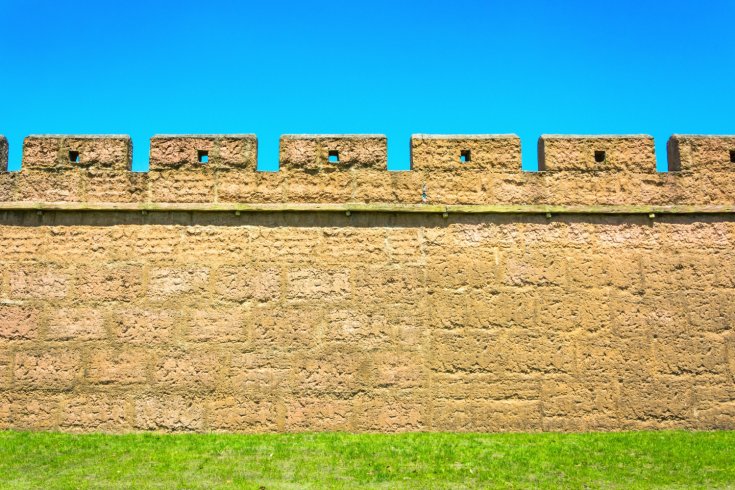When it comes to septic tanks, the choice of material can be the key to success for both homeowners and businesses. At Garrett Precast, we offer a wide selection of quality products for our clients, including concrete septic tanks. Are you wondering if you should opt for concrete? Keep reading to learn more about the benefits and how they stack up against other alternatives. We supply 500gl, 1000gl,1500gl,2000gl concrete septic tanks.
The Advantage of Concrete Septic Tanks
Concrete septic tanks are celebrated for their durability and longevity. Unlike their plastic or fiberglass counterparts, concrete tanks are not prone to floating in high water tables, an important factor in areas prone to flooding or with high groundwater levels. Their strong construction also means they are less likely to collapse or get damaged, ensuring a longer lifespan with minimal maintenance. Another key advantage is their environmental friendliness. Concrete is a natural material that doesn't release harmful chemicals into the soil, making it a safer choice for your property and the surrounding ecosystem. In addition, their hefty weight and sturdy structure decrease the risk of being damaged during installation and operation, leading to fewer instances of leakage and ground contamination.
Design Features of Concrete Septic Tanks
Typically, concrete septic tanks come in two forms: precast and poured-in-place. Precast tanks are manufactured in a controlled environment, ensuring consistent quality and strength. Poured-in-place tanks, on the other hand, are built on-site, allowing for customization in size and shape to suit specific needs. The tanks usually feature a two-chamber design, promoting better separation of solids and liquids, which is critical for effective wastewater treatment. The heavy-duty covers are designed to withstand external pressures, like soil and vehicular traffic, ensuring safety and preventing accidental access.
Concrete vs. Other Septic Tank Materials
Concrete tanks offer better resistance to buoyancy and ground movement than plastic and fiberglass tanks. This makes them an ideal choice in regions with unstable soil conditions or high water tables. Concrete's thermal mass also contributes to a more stable internal environment, promoting consistent bacterial activity crucial for wastewater treatment. This consistency is harder to achieve in lighter tanks, which are more susceptible to temperature fluctuations. While concrete tanks may be slightly more expensive upfront, they are well worth the investment due to their long lifespan and ease of maintenance.
Maintenance Guide for Concrete Septic Tanks
Routine inspections every 1 to 3 years by a septic professional can help identify potential issues like cracks or leaks early on. Pumping and cleaning out the tank every 3 to 5 years is also necessary to prevent solids from accumulating and causing blockages or backups. It's also important to monitor the pH levels of the wastewater, as extreme acidity can erode the concrete over time. Using bacteria-friendly cleaning products can help maintain a healthy septic system and prolong the life of your concrete tank.
Are You Looking for a Local Concrete Septic Tank Manufacturer
Selecting a septic tank is an important decision that impacts the environment as well as the long-term functionality of your property. Concrete septic tanks offer a solution that stands the test of time. At Garrett Precast, we provide high-quality concrete septic solutions to meet your needs. Contact our office to learn more about our products or to schedule a consultation.
